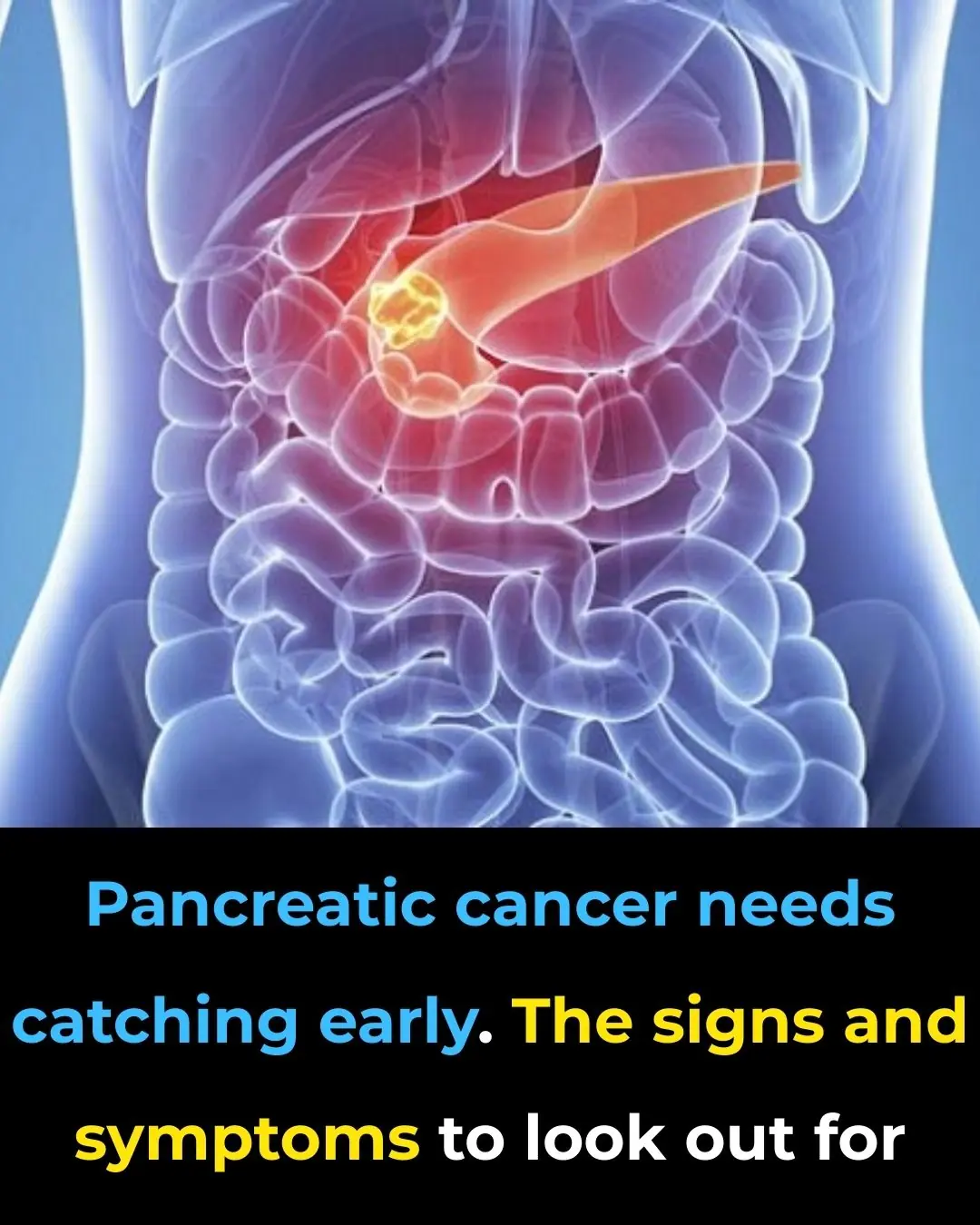
Stroke Is Striking Younger People: 30 Seconds of Awareness Can Save a Life
In the past, stroke was widely considered a health condition primarily affecting the elderly. However, in recent years, the number of young adults suffering from stroke has increased significantly. Doctors and medical researchers around the world have warned of this alarming trend: stroke is becoming increasingly common among people in their 20s, 30s, and even teenagers.
A stroke occurs when the blood flow to part of the brain is interrupted or reduced, preventing brain tissue from getting oxygen and nutrients. Within minutes, brain cells begin to die. That’s why fast recognition and immediate response are absolutely critical. It only takes 30 seconds to spot the warning signs—and acting quickly could mean the difference between life and death.
Why Is Stroke Becoming More Common in Young People?
Several lifestyle and environmental factors have contributed to the growing rate of strokes in younger populations. Among the leading causes are:
-
Unhealthy diets high in processed foods, sugar, and salt.
-
Lack of physical activity and sedentary lifestyles.
-
High stress levels, especially in urban environments.
-
Increased rates of obesity, hypertension, and diabetes.
-
Smoking, alcohol, and drug abuse.
-
Use of oral contraceptives or other hormone-based medications in some cases.
Unfortunately, many young people ignore the warning signs or dismiss their symptoms, thinking they are too young to suffer from such a condition. This delay in treatment can lead to severe complications, long-term disability, or even death.
The 30-Second Test That Can Save a Life
Medical professionals recommend using the acronym FAST to recognize the most common signs of stroke quickly:
-
F – Face Drooping: Ask the person to smile. Is one side of the face drooping?
-
A – Arm Weakness: Ask the person to raise both arms. Does one arm drift downward?
-
S – Speech Difficulty: Ask the person to repeat a simple sentence. Is their speech slurred or strange?
-
T – Time to Call Emergency Services: If you observe any of these signs, call emergency medical help immediately.
Even if the symptoms seem to go away after a few minutes, don’t ignore them. A transient ischemic attack (TIA), often referred to as a “mini-stroke,” can be a warning sign of a major stroke in the near future.
Prevention Starts with Awareness
While not all strokes are preventable, many can be avoided through healthy living and regular medical checkups. Here are some key strategies:
-
Monitor your blood pressure and keep it within a healthy range.
-
Exercise regularly, even moderate physical activity like walking 30 minutes a day helps.
-
Avoid smoking and limit alcohol consumption.
-
Manage stress through relaxation techniques, meditation, or therapy.
-
Eat a balanced diet rich in fruits, vegetables, and whole grains.
-
If you have diabetes or high cholesterol, work closely with your doctor to manage it.
Final Thoughts
Stroke can strike anyone, at any age. But the good news is that with greater awareness and faster response, lives can be saved. Taking 30 seconds to perform a simple check when you suspect stroke symptoms may be the most important decision you ever make—for yourself or for someone else.
Don't let age fool you—stroke doesn’t wait. But with quick thinking, it doesn’t have to win.
News in the same category


Common Diabetes Drug Metformin Linked to Vitamin B12 Deficiency
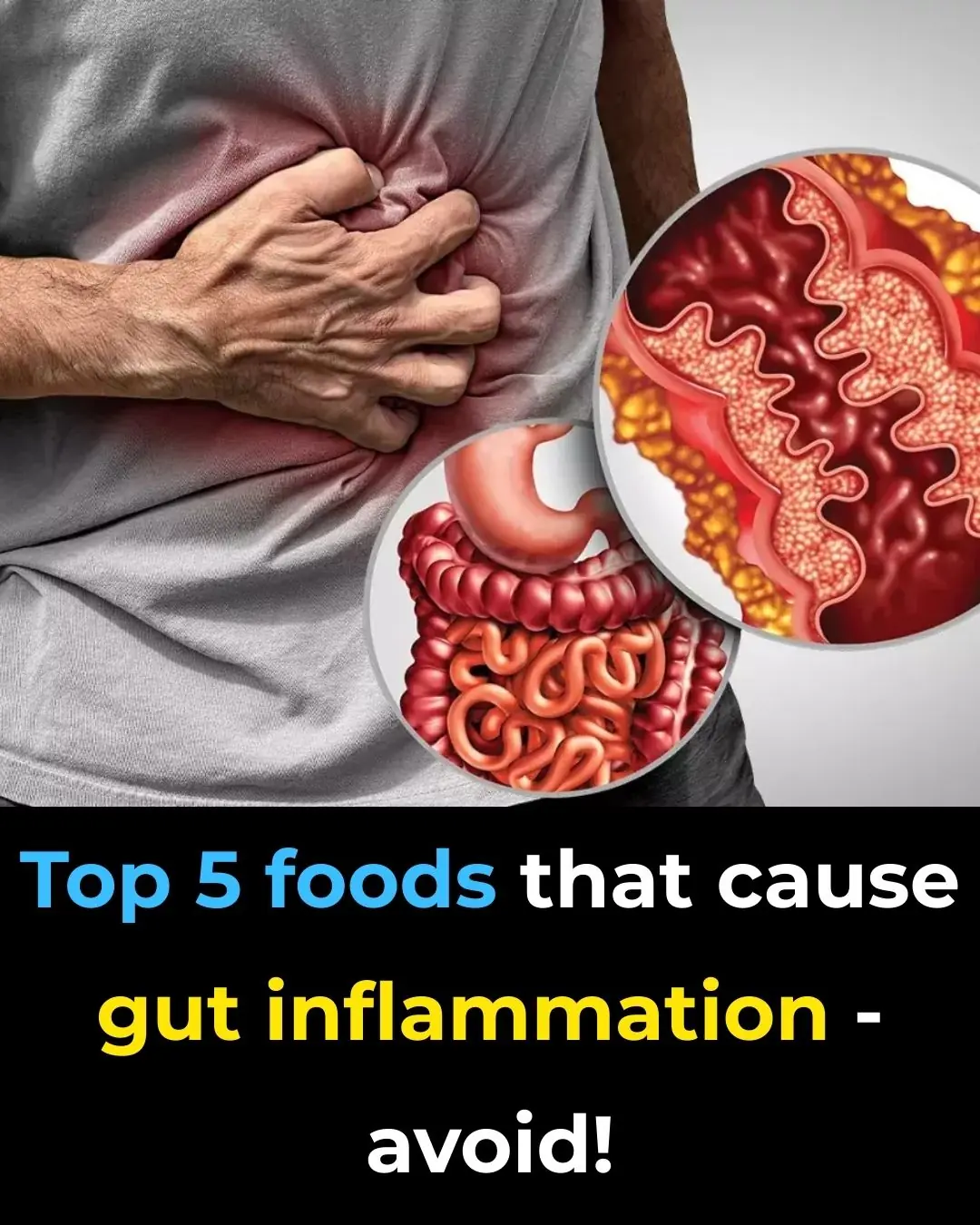
Top 5 Foods that cause Gut Inflammation – Avoid!

A 30-Year-Old Man’s Sore Throat Turned into Cancer After 5 Rounds of Chemotherapy — Doctor Urges: Throw These 3 Things Out of Your Fridge Immediately

The Most Effective Ways to Naturally Get Rid of Clogged Ears
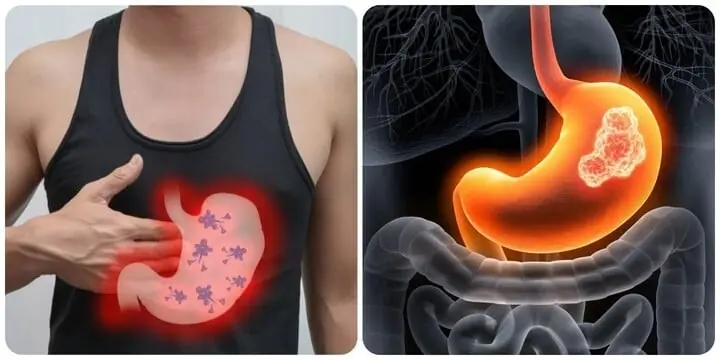
3 Early Signs of Stomach Cancer Everyone Should Know Before It Spreads
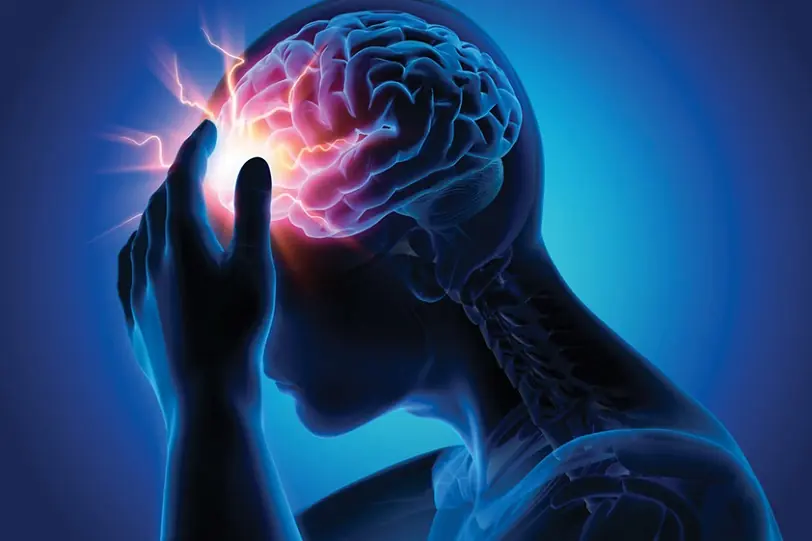
Life-Saving Tips for Lowering Stroke Risk & Early Signs of Stroke

How to Use Rice Water for Gorgeous Hair and Skin

Menopause Symptoms That May Surprise You

10 Healthy Sandwich Dos and Don’ts

Medicinal Health Benefits of Garlic (Raw, Supplement) – Science Based

Why You Should Wash Your Face With Apple Cider Vinegar

If Your Feet Swell It Is a Clear Sign
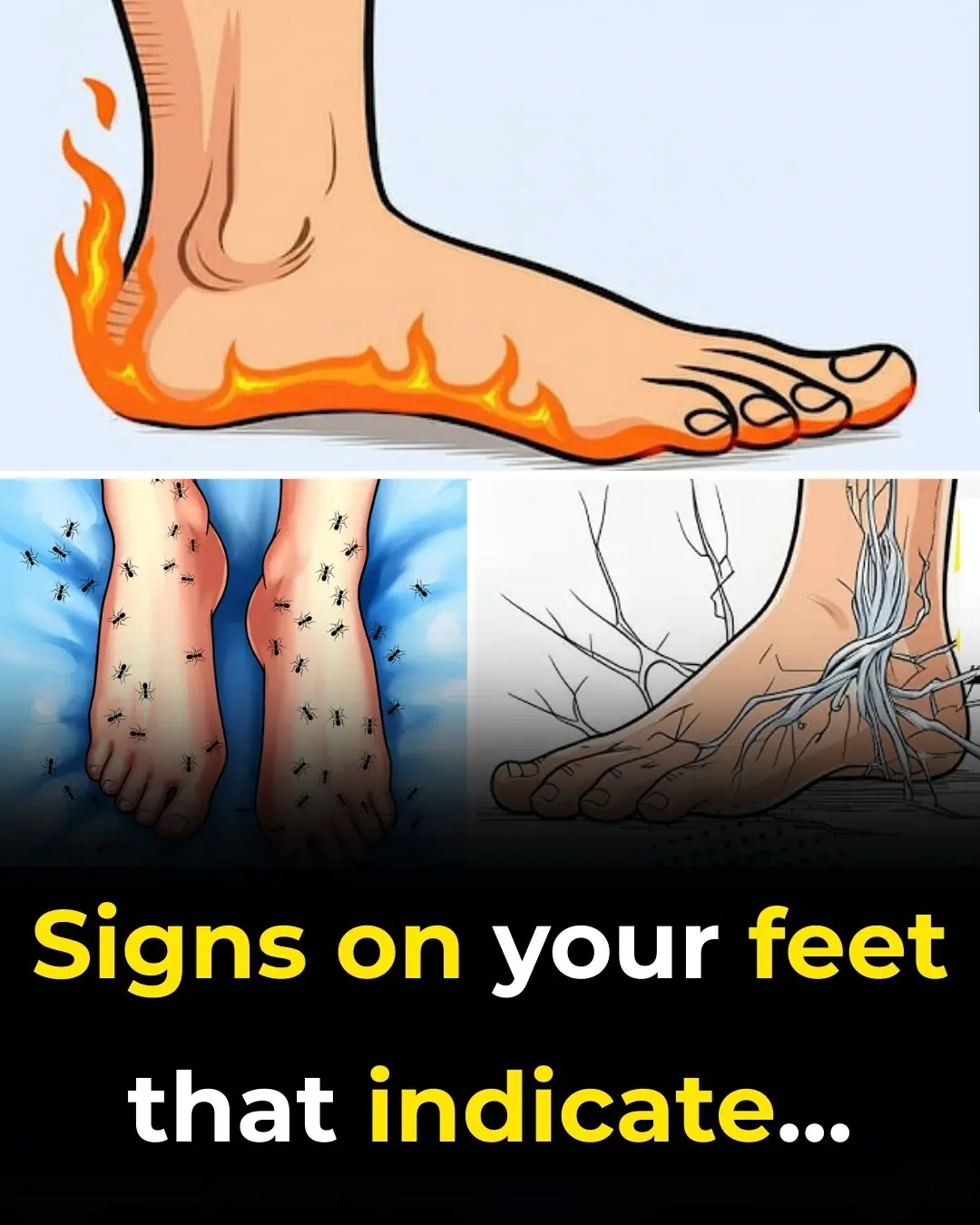
What Your Feet Are Telling You
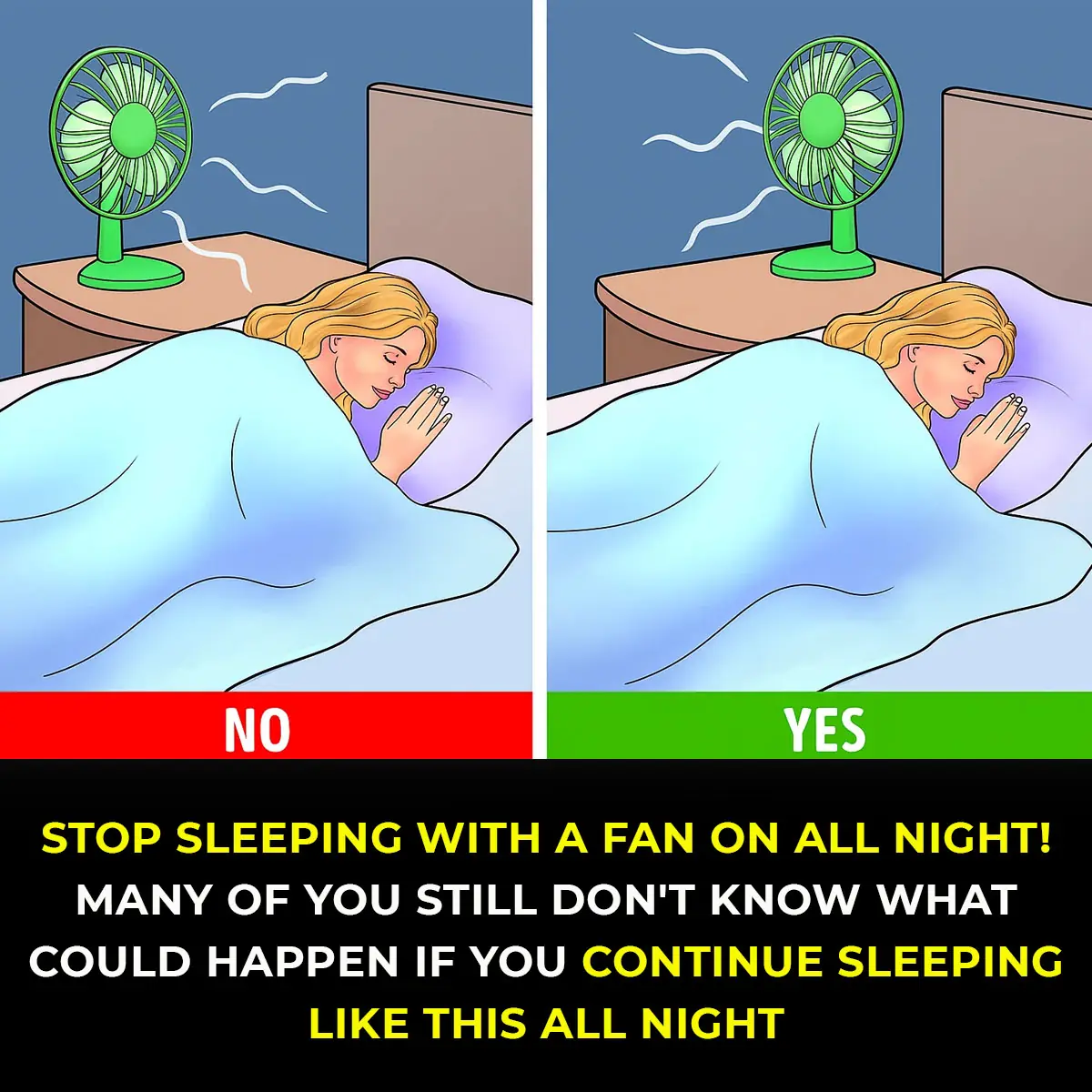
6 Health Benefits of Sleeping In a Cold Room and How to Make it Cooler- And Why You May Not Want to Use a Fan
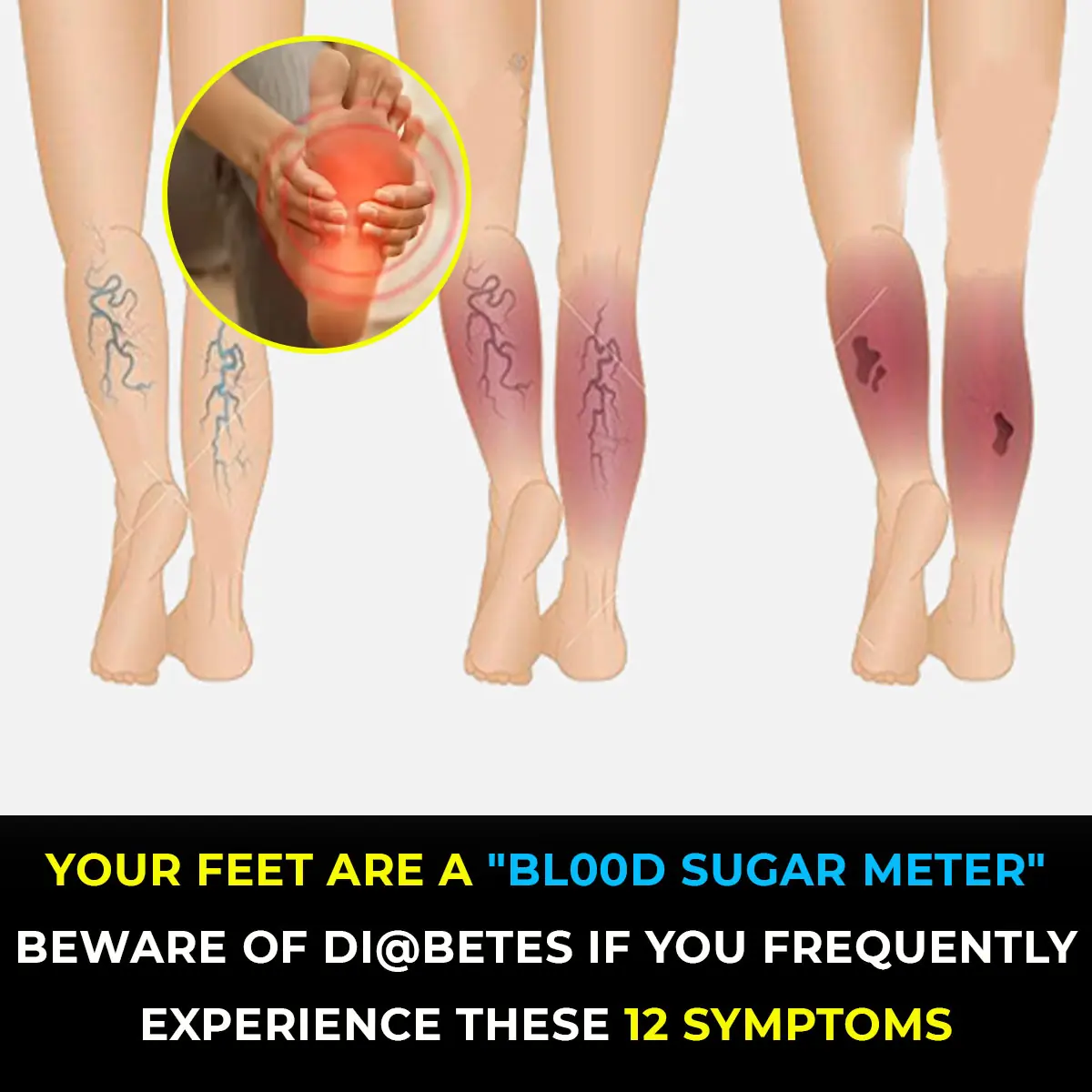
10 Symptoms of Diabetes That May Show Up In Your Feet
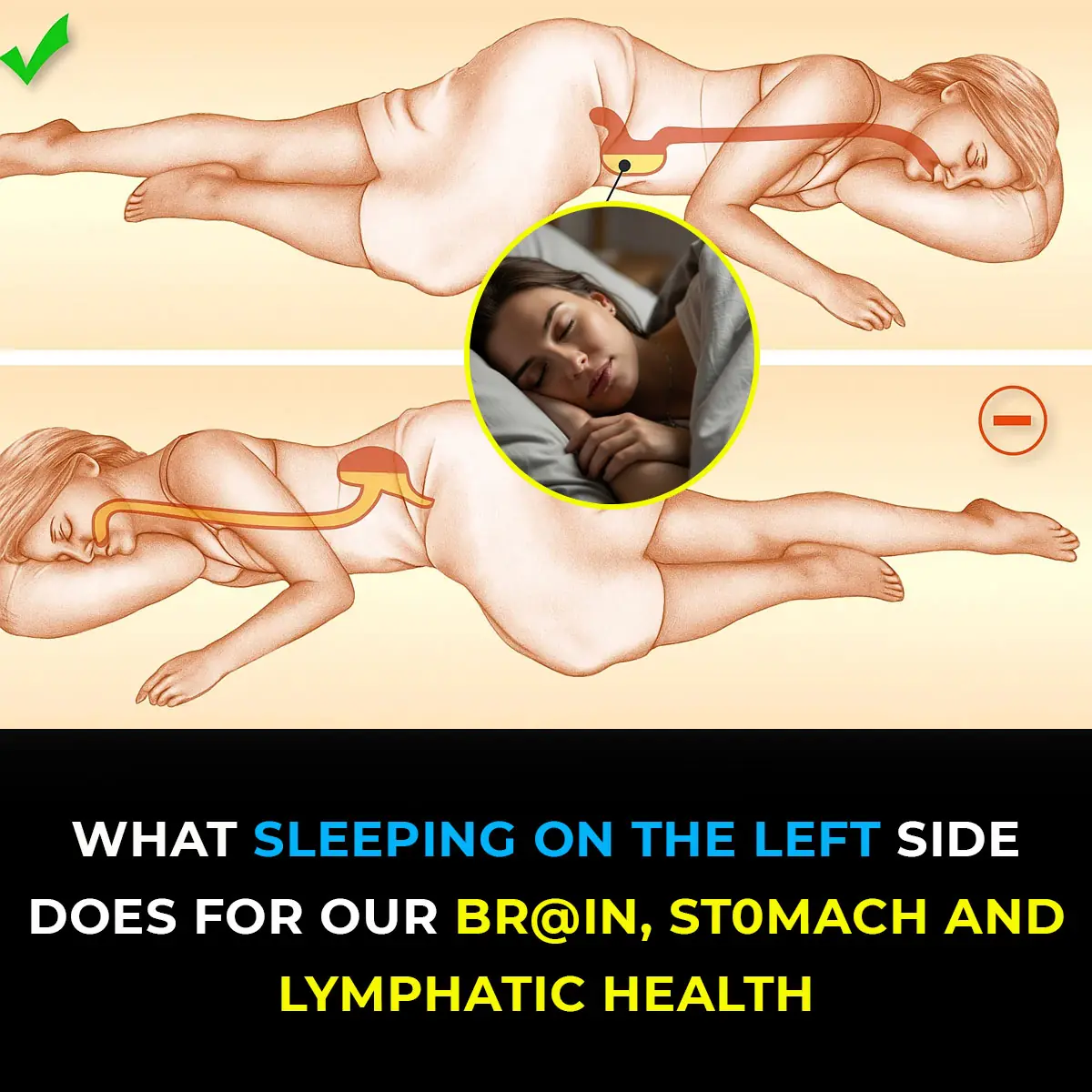
This is what sleeping on the left side does for our brain, stomach & glymphatic health

12 Best Foods To Support Digestive and Gut Health
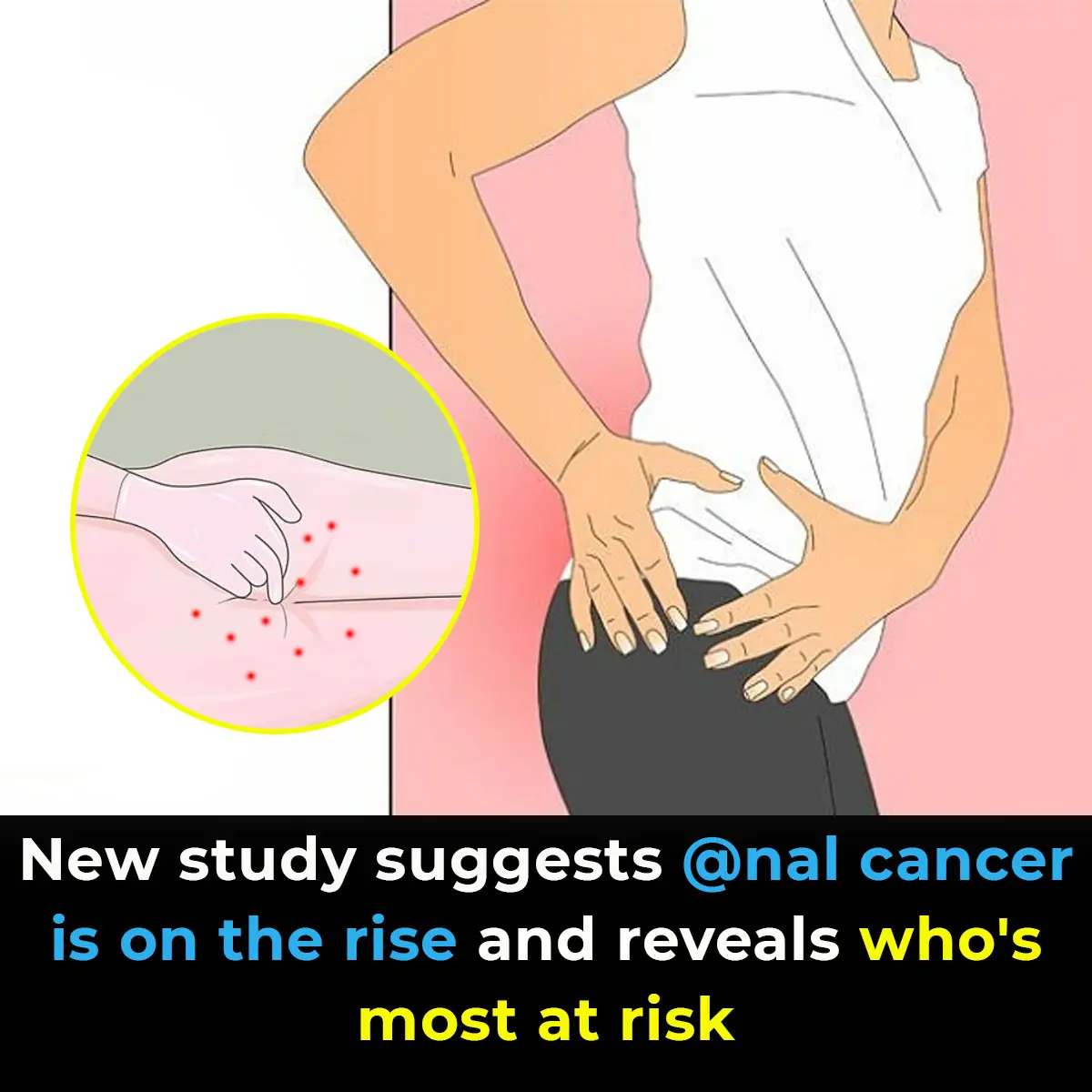
Study suggests anal cancer is on the rise and reveals who’s most at risk
News Post

Nose Picking What This Taboo Habit Really Reveals About Us
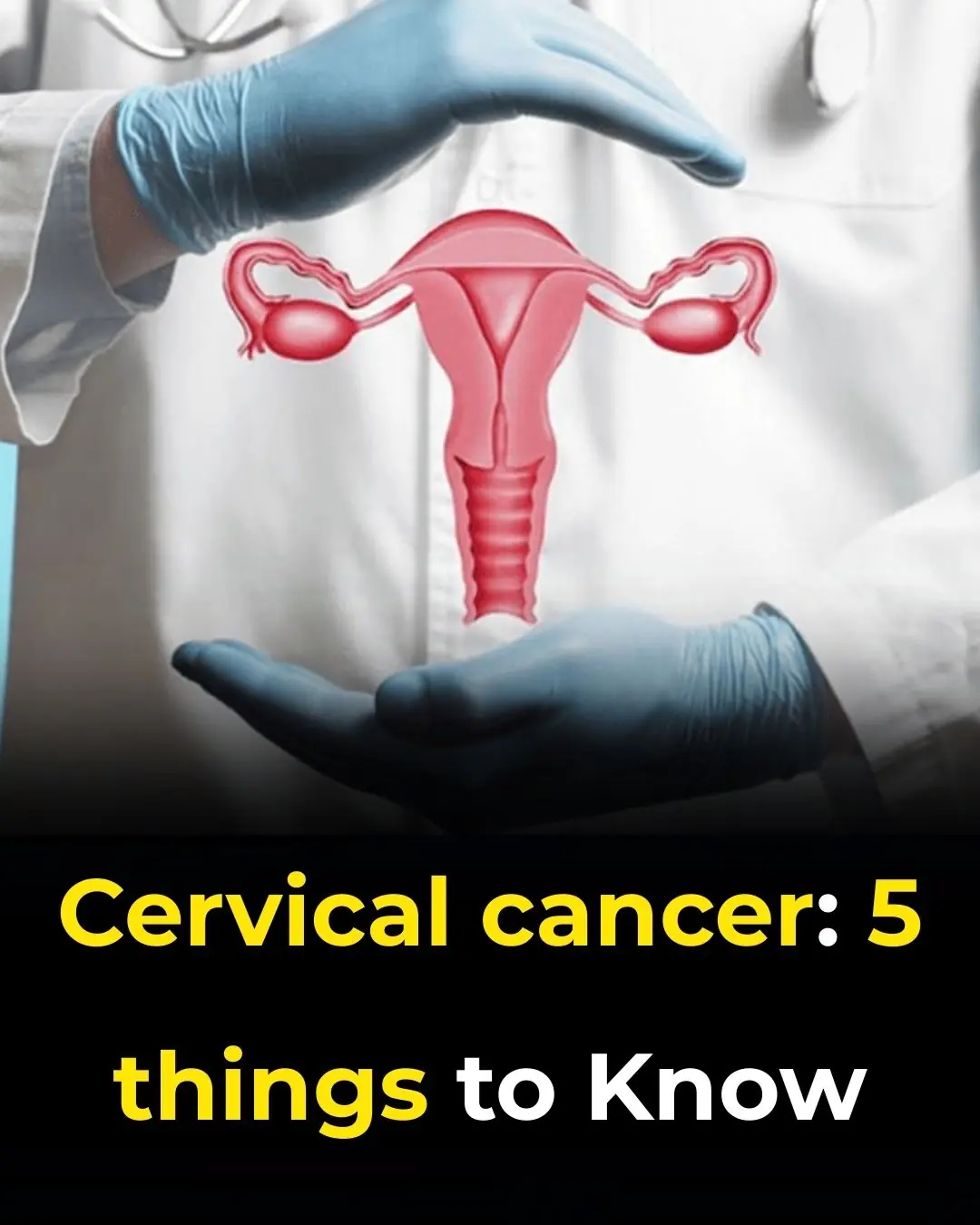
Cervical Cancer: 5 Things to Know
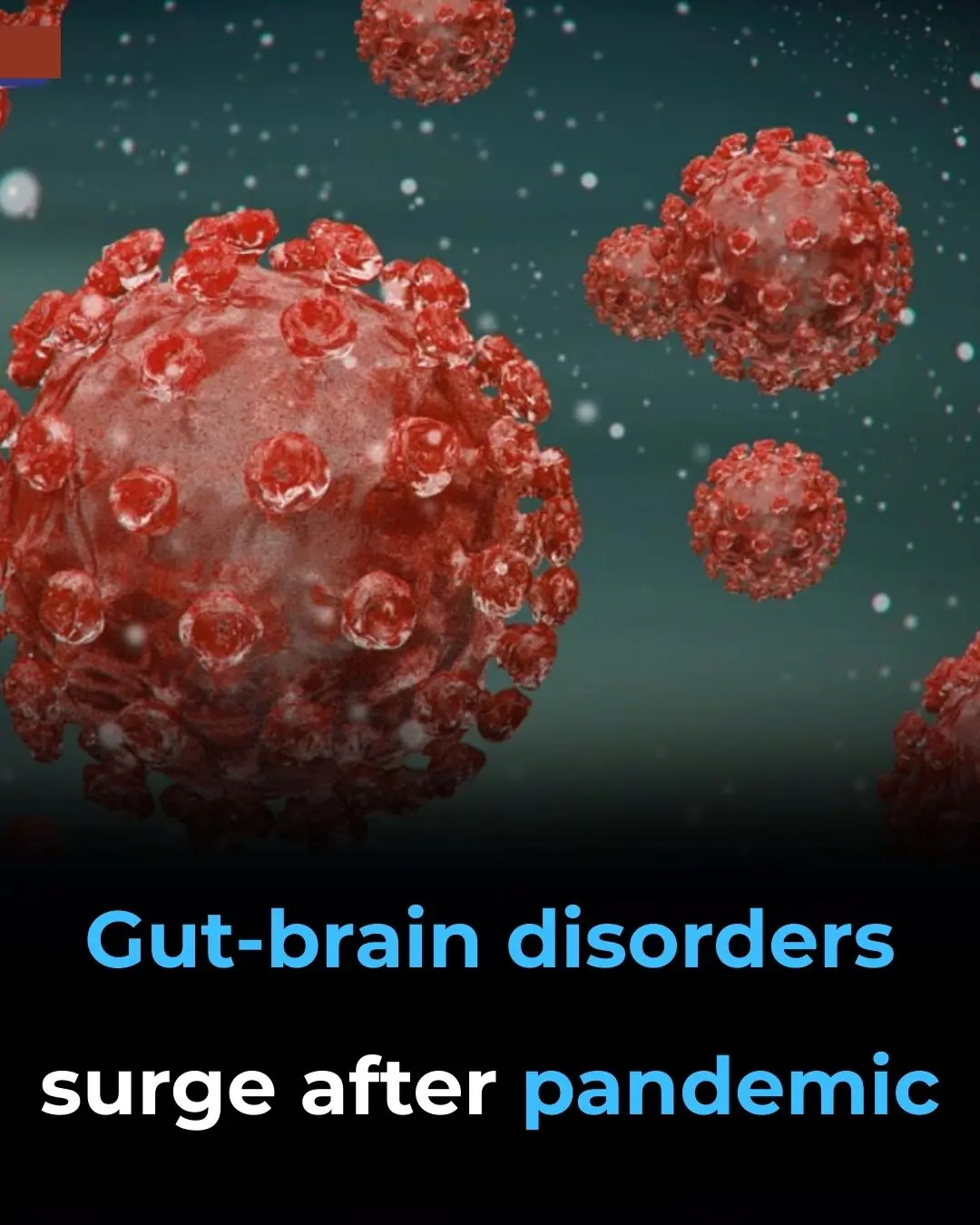
Gut-Brain Disorders Surge After Pandemic
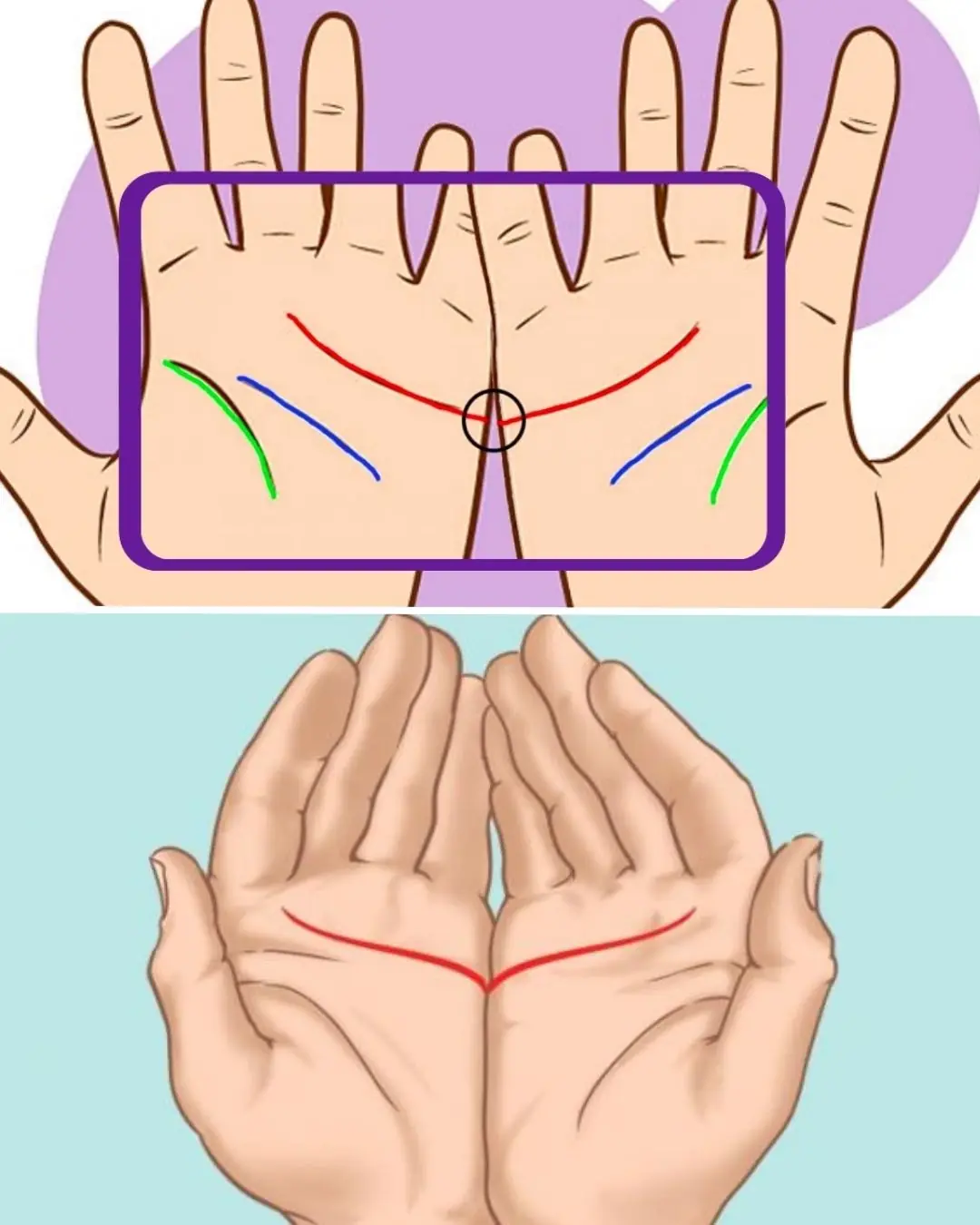
What Your Palm Lines Say About Love and Marriage

10 Early Signs of Pancreatic Cancer

Common Diabetes Drug Metformin Linked to Vitamin B12 Deficiency

Top 5 Foods that cause Gut Inflammation – Avoid!

A 30-Year-Old Man’s Sore Throat Turned into Cancer After 5 Rounds of Chemotherapy — Doctor Urges: Throw These 3 Things Out of Your Fridge Immediately

The Most Effective Ways to Naturally Get Rid of Clogged Ears

3 Early Signs of Stomach Cancer Everyone Should Know Before It Spreads

Life-Saving Tips for Lowering Stroke Risk & Early Signs of Stroke

How to Use Rice Water for Gorgeous Hair and Skin

Menopause Symptoms That May Surprise You

10 Healthy Sandwich Dos and Don’ts

Never Ever Say These 4 Things at a Funeral — No Matter the Situation
When it comes to funerals and expressions of sympathy, your words don’t need to be profound or poetic.

🥥 15 Compelling Reasons to Include Coconut Water in Your Daily Routine
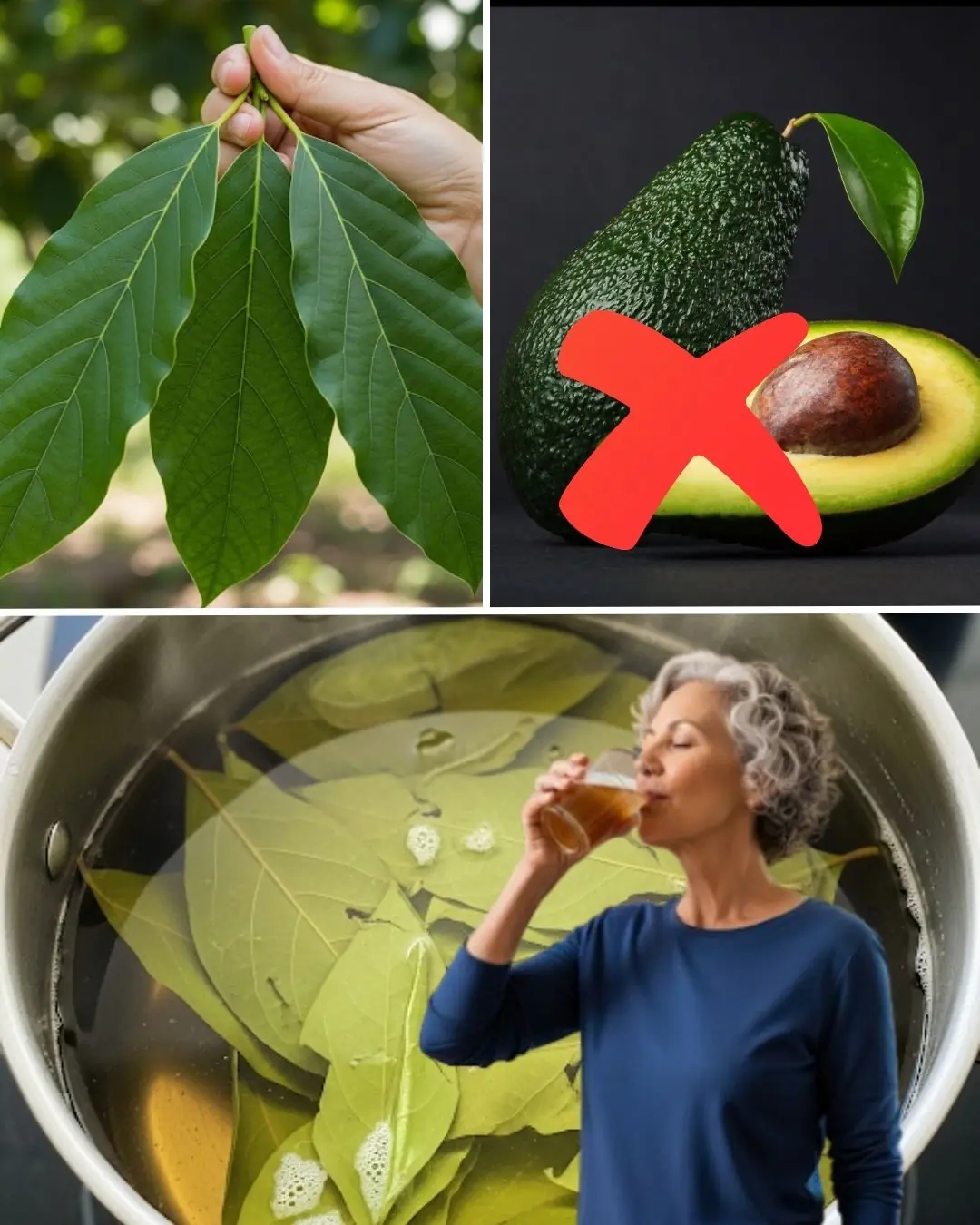
🌿 30 Remarkable Benefits of Avocado Leaves
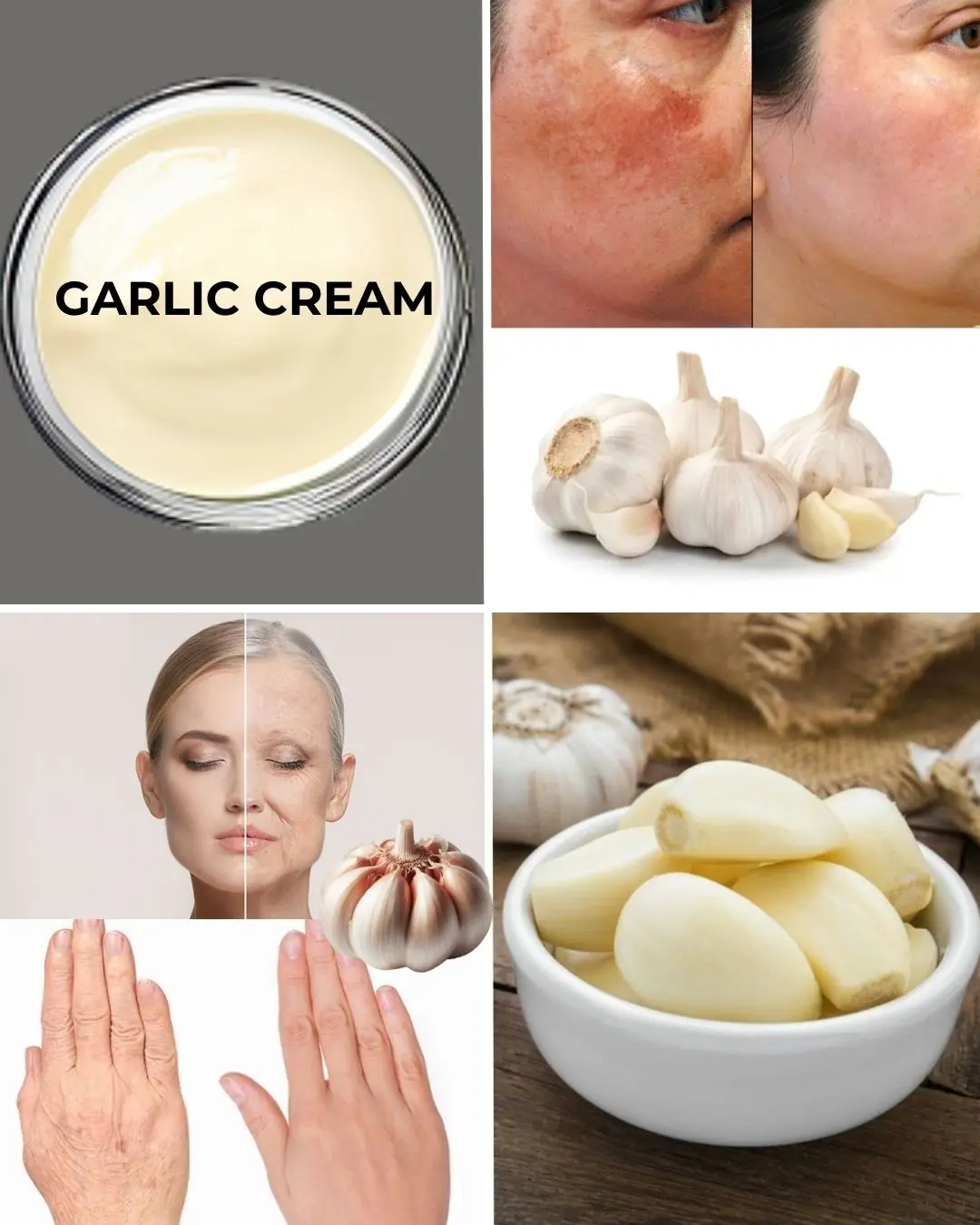
🌿 Natural Collagen Boost: Garlic Remedy for Smoother Skin
